
Code: 02480698
Daughters, Wives and Widows after the Black Death
by Mavis E. Mate
A leading issue among medieval historians of the 14th-15th centuries is the extent to which women benefited from the shortage of labour and increased availability of land in the years following the Black Death. Mavis Mate believes ... more
- Language:
 English
English - Binding: Hardback
- Number of pages: 240
Publisher: Boydell & Brewer Ltd, 1998
- More about this

124.61 €

Low in stock at our supplier
Shipping in 10 - 14 days
Potřebujete více kusů?Máte-li zájem o více kusů, prověřte, prosím, nejprve dostupnost titulu na naši zákaznické podpoře.
Add to wishlist
You might also like
-

Crossing New Europe - Postmodern Travel and the European Road Movie
107.98 € -
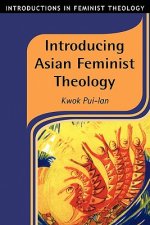
Introducing Asian Feminist Theology
97.26 € -

Atomic, Molecular & Optical Physics
131.02 € -17 % -

Leitfaden fur die Berucksichtigung datenschutzrechtlicher Fragen bei der Entwicklung von betrieblichen Anwendungssystemen
110.49 € -7 % -

Module für den Geometrieunterricht in der Grundschule
24.53 € -4 %
Give this book as a present today
- Order book and choose Gift Order.
- We will send you book gift voucher at once. You can give it out to anyone.
- Book will be send to donee, nothing more to care about.
More about Daughters, Wives and Widows after the Black Death
You get 315 loyalty points
 Book synopsis
Book synopsis
A leading issue among medieval historians of the 14th-15th centuries is the extent to which women benefited from the shortage of labour and increased availability of land in the years following the Black Death. Mavis Mate believes that it was not the golden age for women so frequently assumed, and draws on material from Sussex archives and on current research to support her argument. A late age at marriage, in the mid twenties, common in urban areas, does not seem to have occurred in rural Sussex. Both the practice of ultimogeniture on much of Sussex customary land, and the ability to subdivide property, facilitated early marriage. Furthermore, although married women could supplement their income with brewing and intermittent paid labour (especially at harvest time), the increased size of holdings meant that most married women spent more time on unpaid work on their own land than had been the case before the plague. Legal changes brought mixed fortunes. While some widows succeeded to larger portions and a more secure title to land, others were deprived of any land at all.It is hard, in the author's view, to accept from the evidence available that in general a widow enjoyed more power and independence than at any other point in her life. Likewise, women's lives continued to be constrained by social factors, and matters of class remained by and large inflexible: the age at which women married, their social horizons, their power within the household, their vulnerability to rape, and sundry other matters, were all affected by social class. Professor Mate's study compels a rethink on women's lives in the late middle ages. Her alertness to economic fluctuations within the period gives particularweight to her arguments about the relationship between economic change and women's welfare, while her observations on aspects of social change have a value that extends beyond the confines of women's history. Professor MAVIS E. MATE teaches in the Department of History at the University of Oregon.
 Book details
Book details
Book category Books in English Society & social sciences Society & culture: general Social groups
124.61 €
- Full title: Daughters, Wives and Widows after the Black Death
- Subtitle: Women in Sussex, 1350-1535
- Author: Mavis E. Mate
- Language:
 English
English - Binding: Hardback
- Number of pages: 240
- EAN: 9780851155340
- ISBN: 0851155340
- ID: 02480698
- Publisher: Boydell & Brewer Ltd
- Weight: 518 g
- Dimensions: 243 × 159 × 19 mm
- Date of publishing: 02. April 1998
Trending among others
-
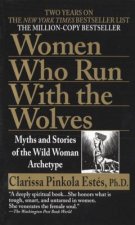
Women Who Run with the Wolves
9.91 € -12 % -
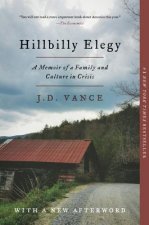
Hillbilly Elegy
14.42 € -28 % -
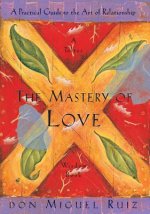
The Mastery of Love
12.31 € -19 % -

Orientalism
11.01 € -22 % -

Women Who Run With The Wolves
15.32 € -19 % -
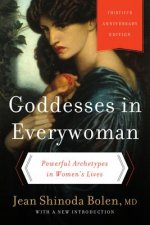
Goddesses in Everywoman
12.21 € -21 % -
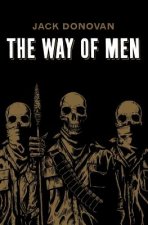
The Way of Men
13.21 € -22 % -
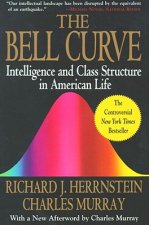
The Bell Curve
17.42 € -27 % -
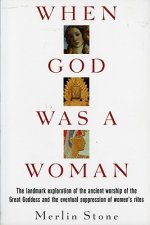
When God Was A Woman
19.62 € -1 % -

Tom of Finland. The Complete Kake Comics
21.13 € -5 % -

Lean In
12.81 € -22 % -
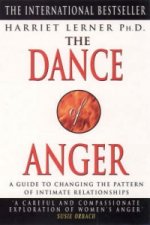
Dance of Anger
11.11 € -21 % -
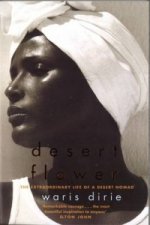
Desert Flower
10.11 € -23 % -

Humans of New York
25.74 € -16 % -

Story of the Jews
13.21 € -20 % -

Romantic Male Nude
29.94 € -25 % -
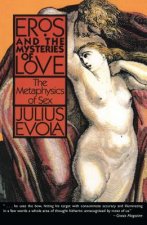
Eros and Mysteries of Love
16.22 € -22 % -
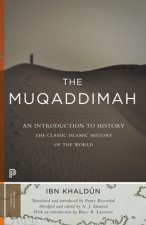
Muqaddimah
21.63 € -15 % -

Radium Girls
11.11 € -21 % -
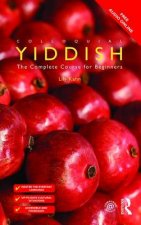
Colloquial Yiddish
60.70 € -8 % -
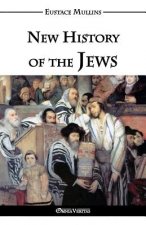
New History of the Jews
27.94 € -
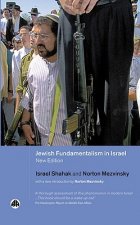
Jewish Fundamentalism in Israel
34.85 € -

Lakota Myth
17.32 € -23 % -

Aaliyah
11.81 € -2 % -
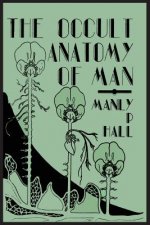
Occult Anatomy of Man; To Which Is Added a Treatise on Occult Masonry
6.90 € -
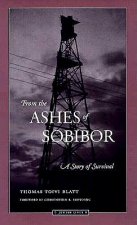
From the Ashes of Sobibor
24.93 € -
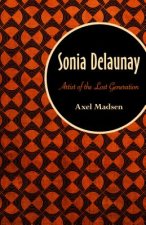
Sonia Delaunay
13.91 € -18 % -
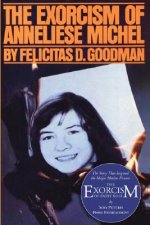
Exorcism of Anneliese Michel
25.13 € -22 % -
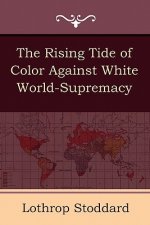
Rising Tide of Color Against White World-Supremacy
18.02 € -
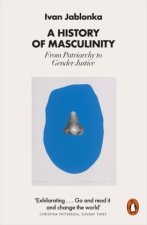
History of Masculinity
13.31 € -19 % -

Life's Journey - Zuya
20.13 € -22 % -
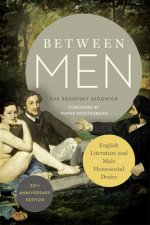
Between Men
30.14 € -
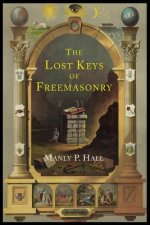
Lost Keys of Freemasonry
7.80 € -
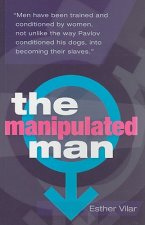
Manipulated Man
12.51 € -26 % -
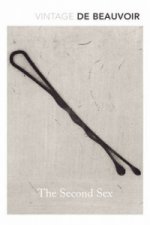
Second Sex
15.12 € -28 % -

The Autobiography of Malcolm X
10.51 € -6 % -

Iron John
16.22 € -22 % -
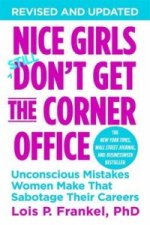
Nice Girls Don't Get The Corner Office
9.81 € -23 % -
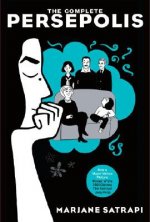
Complete Persepolis
23.53 € -15 % -
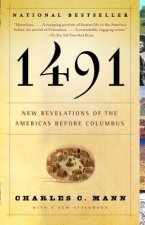
1491 (Second Edition)
17.22 € -14 % -

Think Like a Monk
14.62 € -28 % -
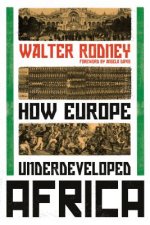
How Europe Underdeveloped Africa
22.93 € -

The Male Nude
18.32 € -8 % -
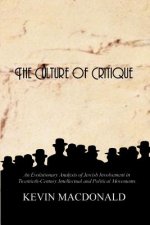
Culture of Critique
23.93 € -16 % -
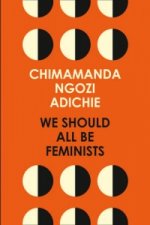
We Should All Be Feminists
6.90 € -30 % -
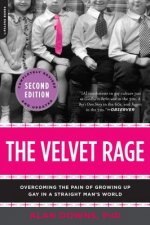
The Velvet Rage
16.22 € -20 % -
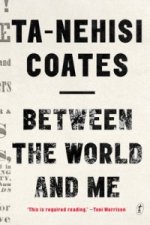
Between The World And Me
12.21 € -21 % -

Beauty Sick
11.21 € -28 % -
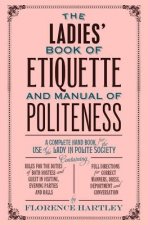
Ladies' Book of Etiquette and Manual of Politeness
12.11 € -24 %
Collection points Bratislava a 2642 dalších
Copyright ©2008-24 najlacnejsie-knihy.sk All rights reservedPrivacyCookies


 15549 collection points
15549 collection points Delivery 2.99 €
Delivery 2.99 € 02/210 210 99 (8-15.30h)
02/210 210 99 (8-15.30h)